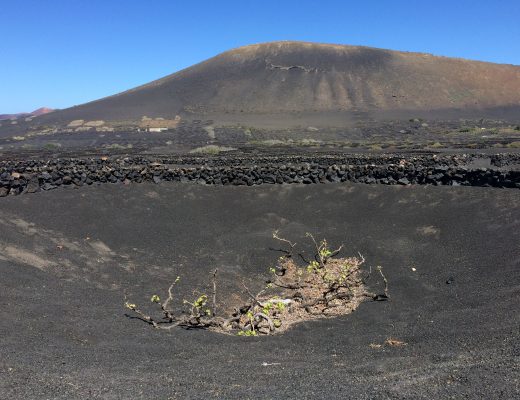After rains all week in the Napa, the sun finally came out to dry out the fruit and hopefully ensure the 2011 crop isn’t riddled with rot. It was a particularly unseasonable week when I visited but the rains seem to follow me wherever I go. Perhaps drought-ridden areas should call me in…
So, a seminar on climate change between downpours seemed relevant. What is going on with the weather?
Napa Valley Vintners supported a study published this year breezily entitled ‘Climate and Phenology in Napa Valley: A Compilation and Analysis of Historical Data’ (!) in response to growing concerns about climate change.
Rex Stultz, industry relations director a the NVV, explains, “We started to see reports on USA today and NBC tying climate change to agriculture, saying that if the climate continued to change we might not be able to grow grapes in the Napa Valley.
“It created a bit of a stir in the community, asking if it was true.”
A two-year project followed to study the historical weather trends in Napa, and how this change affected wine grape growing.
Using 12,000 data collection points through the county, the study found that the Napa Valley had experienced warming but not to the degree that had been originally suggested.
Perhaps the problem was that the previous studies had been based on just two temperature collection stations. The first at the Napa state hospital, a facility for the criminally insane (not that that had any effect on the study but it’s a piece of trivia), which was positioned next to a road. The other station, in St Helena, was on the top of a fire station roof – not exactly representative of the county.
After studying some complicated-looking graphs, the results show that the average temperatures in Napa Valley have increased 1 to 2 degrees Fahrenheit over the past several decades, but considerably less warming than the fire station and mad house station had suggested.
Christopher Howell of Cain Vineyard & Winery said “Globally, the years 1998, 2005, 2006 and now 2010 were the warmest years on record, but they were some of the coolest for the Napa Valley. There is a suggestion by some climate scientists that, as the interior areas warm in the future, Napa temperatures may actually remain relatively moderate, or even cool as maritime air gets drawn further up the valley.”
But this doesn’t explain why so many wineries have alcohols into the high 14s and 15s. Winemakers claimed canopy management, lower hanging fruit, more efficient yeasts in the winery, rootstock selection and lower yields have resulted in higher alcohols.
However, in my opinion, late picking seems to be the main factor in these higher alcohol styles in Napa. There’s a bunch of producers that don’t have these high alcohols like Clos du Val and Corison, who pick a little earlier than most, proving that top Napa Cabernet doesn’t have to be horribly high in alcohol, and these producers are making some of the most attractive wines. So it’s not the climate; it’s all to often a human decision.

